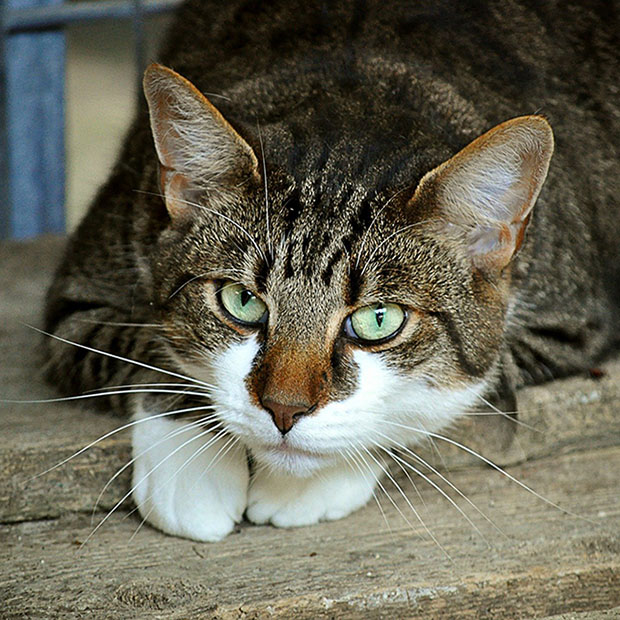How Does Animal Eyesight Work?

We wouldn’t have gone into the optometry field if we weren’t fascinated by eyes, and there are some incredible ones in nature.
There is such incredible variation in how eyes work across the animal kingdom that we could spend years studying and barely scratch the surface, so to start out, we just want to take a brief look at some of the most impressive features of animal eyes.
What Makes Your Cat’s Eyes Glow in the Dark?
They don’t literally glow, but anyone with a cat has probably gotten a scare at least once when headlights or a flashlight caught their eyes and lit them up like lasers. This happens because cats and many other animal species have a special piece of anatomy behind their retinas called the tapetum lucidum. It works like a mirror. Light passes through the retina, hits the tapetum lucidum, and bounces back to go through the retina again.
What is the value of having this built-in mirror? Night vision! Animals with tapeta lucida can see in the dark much better than we can. However, it comes at a price: their vision is always a little bit blurry because the light doesn’t hit the retina in exactly the same place when it bounces back out. Given the choice, we think we’d stick with detail vision over night vision.
What About a Cat’s Slit Pupils?
Maybe you’ve noticed that, unlike housecats, big cats like lions and tigers have round pupils. The reason for this difference is…their height! Predators tall enough to see above the grass (like big cats, wolves, and even birds of prey) have round pupils, but shorter predators like housecats, foxes, and even alligators all have vertical pupils because they help them see movement between the blades of grass better.
What Colors Do Animals See?
Animals don’t all see the same colors we do. For instance, dogs can’t see red light, so they live in a world of yellows, blues, and browns. So do cats and cows (which means the red color of the flag isn’t what riles up bulls), but other animals can see more colors than we can. Bees and butterflies can see ultraviolet colors, and so can birds! This helps them track down their food.
Dragonflies See in Super-Speed
Our eyes process images at about 60 frames per second, which is why we see a continuous stream of motion when we watch movies instead of the individual still images flickering past. A dragonfly might have a harder time enjoying a movie because it can see 200 frames per second — and with compound eyes, so they’re seeing super fast across thousands of tiny lenses instead of two! They’re not easy to sneak up on!
Let Us Know Which Animal Eyes are Your Favorites!
We’d love to hear what our patients’ favorite eyes are in the animal kingdom, and what they like most about them. That would be a fun discussion to have when you come in for your next eye exam, while we check to make sure everything looks healthy and update a prescription if needed.

